It's a New Day in Public Health.
The Florida Department of Health works to protect, promote, and improve the health of all people in Florida through integrated state, county, and community efforts.
Marine Hazards in Florida
Bureau of Preparedness and Response

Florida's stunning coastline is a gateway to adventure and relaxation, yet its dynamic marine environment also harbors hidden hazards.
From unpredictable rip currents to encounters with venomous marine life or harmful algae blooms, understanding these risks is essential for a safe and enjoyable experience in the water.
Learn more about the potential dangers you may face along the coast and practical advice to help you navigate them with confidence.
| |||
Understanding potential marine hazards is key to staying safe while enjoying Florida's waters. Below are key considerations, from harmful marine life to dangerous currents and aquatic toxins, to help you navigate coastal risks effectively.
- Harmful Marine Life
- Rip Currents and Strong Surf
- Aquatic Toxins
- Additional Marine Considerations
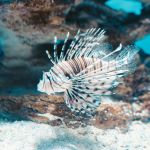
- Jellyfish: Encounters with species, such as the Portuguese Man-of-War or box jellyfish, can result in painful stings and, in rare cases, trigger allergic reactions.
- Stingrays: Typically avoiding contact, stingrays may deliver a defensive sting if accidentally stepped on. Shuffling your feet in shallow water can reduce this risk.
- Lionfish and Other Venomous Species: Invasive lionfish possess venomous spines that can inflict significant pain, so maintaining a respectful distance is crucial.
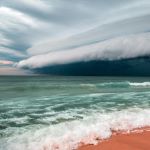 Understanding Rip Currents: They often appear as narrow channels of choppy or discolored water, typically near piers or jetties.
Understanding Rip Currents: They often appear as narrow channels of choppy or discolored water, typically near piers or jetties.- Staying Safe: Always swim in areas monitored by lifeguards and adhere to posted warnings. If caught in a rip current, remain calm, swim parallel to the shore until free, then angle back toward land.
- Harmful Algal Blooms: These events can discolor water and release toxins that are harmful to both people and marine life.
- Health Risks: Contact with or ingestion of contaminated water can lead to symptoms such as nausea, vomiting, and respiratory issues.
- Stay Informed: Always check local water quality advisories and follow guidance from environmental and public health agencies before engaging in water activities.
- Debris and Pollution: Marine debris, including plastics and occasional algal blooms, can compromise water quality.
- Weather-Driven Changes: Sudden shifts in tides or unexpected weather conditions can rapidly alter coastal environments.
- Environmental Impacts: Broader issues, such as chemical spills and ongoing pollution, may also affect marine conditions and overall beach safety.
Tips for a Safe Day at the Beach
Simple precautions can make a significant difference in ensuring your safety while enjoying Florida’s coast. Here are some practical tips to help you stay safe:
- Stay Informed: Regularly check local weather and beach condition updates from trusted sources.
- Follow Local Guidance: Always obey beach signage and the instructions of lifeguards.
- Be Prepared: Familiarize yourself with the proper responses to rip currents and encounters with harmful marine life.
By staying alert and following these safety measures, you can enjoy Florida’s beaches with confidence. A little preparation goes a long way in ensuring a fun and worry-free day by the shore. Stay safe and make the most of your time in the sun!
Disclaimer: The links and content provided on this page are for informational purposes and your convenience. The Florida Department of Health (DOH) does not endorse, approve, or guarantee the products, services, or opinions offered on external websites. Furthermore, the DOH is not responsible for the accuracy, content, or availability of these external sites. For questions or concerns, please contact the external site directly.
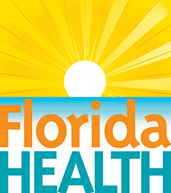
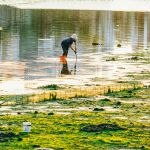 Aquatic Toxins
Aquatic Toxins Chemical Spills
Chemical Spills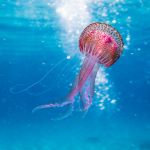 Marine Life
Marine Life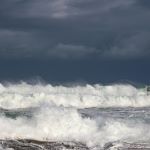 Rip Currents
Rip Currents

Connect with DOH